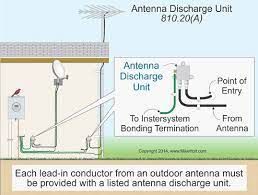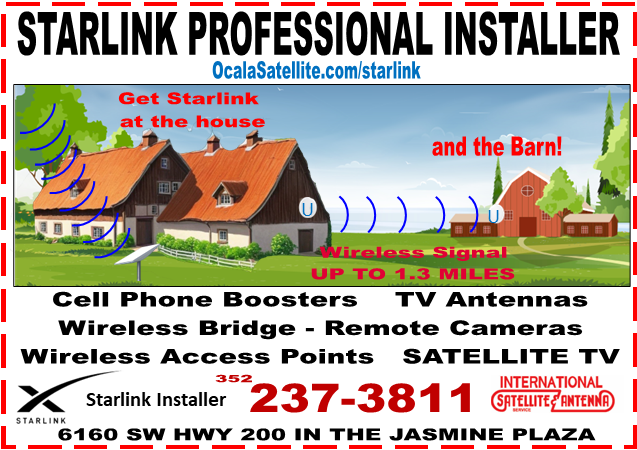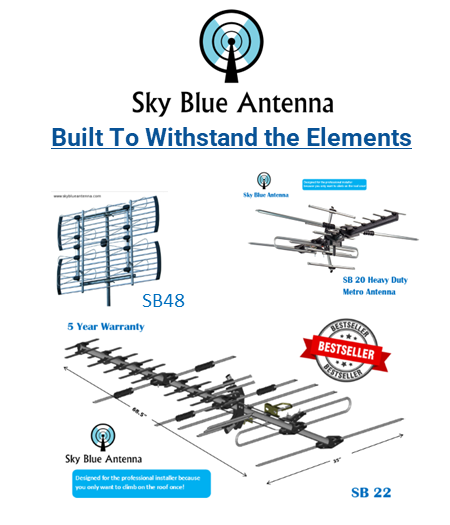TV Antenna, Satellite Dish Grounding

Grounding a TV antenna is an important safety measure to protect against electrical surges, lightning strikes, and static discharge. Here's a general guide on how to ground a TV antenna:
1. Check Local Regulations: Before you start, make sure to check local building codes and regulations regarding TV antenna installations and grounding. Some areas may have specific requirements you need to follow.
2. Materials Needed: You will need a grounding rod, a ground wire, grounding clamps, a coaxial grounding block, and a coaxial cable.
3. Choose a Grounding Location: Select a location near where the antenna mast or mount is attached to your house. The grounding point should be as close as possible to the antenna, minimizing the length of the ground wire.
4. Install the Grounding Rod: Drive the grounding rod into the ground using a hammer or a ground rod driver until only a few inches are above the surface. The grounding rod should be made of copper or galvanized steel and be at least 8 feet long.
5. Attach the Ground Wire to the Antenna Mast: Connect one end of the ground wire to the antenna mast or mount. This is usually done using grounding clamps designed for this purpose.
6. Connect the Ground Wire to the Grounding Rod: Run the ground wire from the antenna mast to the grounding rod. Use grounding clamps to securely attach the wire to the rod.
7. Install the Coaxial Grounding Block: Install a coaxial grounding block on the exterior of your house near the point where the coaxial cable enters the building. This block will serve as a connection point between the antenna cable and the ground wire.
8. Ground the Coaxial Cable: Run a separate piece of ground wire from the grounding block to the grounding rod and connect it with grounding clamps.
9. Test the Grounding: Once the grounding is complete, use a multimeter to test for continuity between the antenna mast and the grounding rod. This will ensure that the connection is solid.
Please note that this is a general guide and the specific steps may vary depending on the type of TV antenna and your local building codes. If you are not familiar with electrical work or unsure about the grounding process, it's best to consult a professional installer or an electrician to ensure a safe and proper grounding setup.
ISAS Note: We always try to ground the antenna and the coax to the common ground of the building. If we use a separate ground rod, we recommend that you bond it to the building ground with #6 copper wire (20 ft max). If you need to run over 20 ft., we recommend multiple ground rods bonded in a similar fashion.



